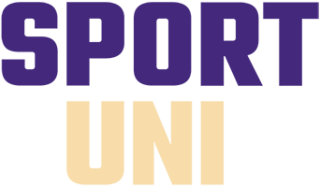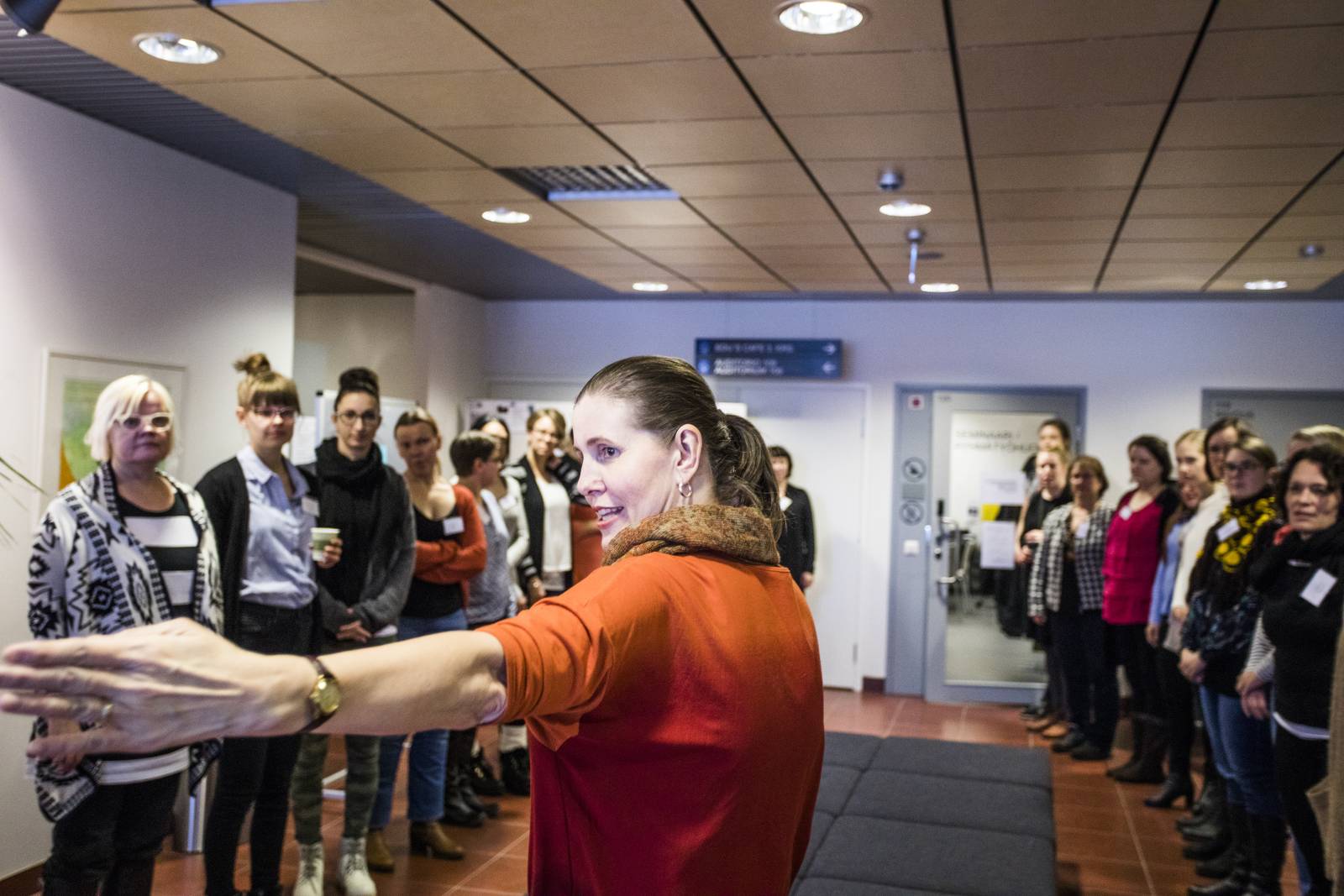More movement in the classroom, especially through group work
Movement as part of teaching is used occasionally or more often by 35 % of the teachers who responded to the survey. The written responses showed that activity-based teaching methods are an excellent way of teaching smaller groups in higher education. These methods have produced good learning results in Tampere Universities.

Chart questions in English:
- I incorporate breaks into prolonged sitting periods during teaching sessions/situations.
- I use active and movement-based teaching methods.
- I feel that I have enough skills to bring movement into teaching situations.
- I would like to develop my skills to bring movement into teaching situations.
- I think it is important to include more movement into teaching situations.
By far the most popular way to add movement into teaching is through various group work. Learning cafés and other point-based methods have proven to be effective ways of teaching university students. Classroom space was perceived to be cramped and many teachers also direct students to the corridor or even to outdoor spaces to provide enough space for small groups.
The written responses showed that movement as part of teaching may also be misunderstood.
Here we need to make a distinction between movement and exercise. Exercise should be a part of students’ free time and free lessons, but movement and sedentary breaks should also be increased in teaching situations.
Project coodinator Sini Karsa
Taking breaks from sitting does not have to interrupt teaching
Several respondents highlighted the benefits of micro-breaks and changing working positions. Teachers have found that sitting for long periods of time takes away from concentration and learning. Even small micro-breaks help to restore the students’ state of alertness to support learning. Encouraging students to get up every half hour or as needed has been found to work. Some teachers also ask students to stand up, for example for a single slide or a group presentation.
If we start systematically teaching students and ourselves to always take a 30-minute break from sitting, in a year’s time these micro-breaks will no longer take up extra time from teaching. Everyone will be able to get up and stretch for 1-2 minutes while continuing to listen.
Project coordinator Sini Karsa
Micro-breaks and longer coffee breaks were seen as the most important ways to increase movement in teaching in large groups. In the auditoriums, it is not possible to move around or realistically even stand for longer periods of time, at least not in the middle of the hall, because the field of vision of the students behind is then obscured. In these mass lectures it is therefore really important that permission to stand and stretch is given under the guidance of the teacher.
Many challenges can be overcome
Tampere Universities have already taken steps to integrate movement and sedentary breaks into teaching, but challenges and training needs remain. One of the main challenges is space constraints, such as fixed furniture in auditoriums and a limited number of standing/adjustable desks, which make it difficult to increase movement, especially in large groups. Lack of resources and time pressures are also a challenge for teaching staff.
According to the survey, many teachers are unsure how to make movement a natural part of teaching. And even when a teacher encourages movement, not all students follow the instructions. The challenges of hybrid teaching are also highlighted, as teachers need to find ways to engage students in both face-to-face and distance learning. The challenges are real and cannot all be solved, at least not in the short term. But there are certainly many creative solutions, even if the conditions are not perfect.
How to start adding movement?
An easy way to do this is, for example, add a sentence at the bottom of the slideshow: “Remember to take breaks from sitting – you can move and stretch at this event” and also say it out loud to the students. There is a wide range break stickers that can be downloaded to your own computer. They guide students in a slideshow to activate shoulders, get up, move around, and so on.

For more tips on how to increase movement, visit TLC’s Movement as part of teaching page. The page is constantly updated with new information and good practices, so follow the page actively.
→ TLC – Movement as part of teaching
The Finnish Student Sports Federation (OLL) has Higher Education on the Move activities. The site’s databank contains proven ideas for increasing everyday activity throughout the higher education environment.
Read also Christopher Smith’s tips for activating remote learning and teaching
→ Using examples to reduce sedentary time during online teaching.
Tips and ideas to share!
The responses to the survey asked for concrete examples and practical solutions to increase physical activity. Tips and ideas should be shared in teachers’ meetings and coffee table discussions. It was also hoped that the management would take up the theme and ensure that it is discussed in joint meetings. The unit could even have its own Teams platform for discussion and sharing of good practice.
The TLC community has a dedicated Movement as part of teaching – TG-SIG (Special Interest Groups) channel for discussion and sharing of good practice across the whole Tampere Universities community, where it is worth posting information, ideas and experiences with a low threshold.
The survey received 73 responses. It may be that the responses represent mainly the views of those interested. It is important to continue and expand the discussion and to organise information and training sessions so that all teachers can benefit from ideas and best practices.
The Students on the Move project continues to promote the theme in many ways. There will be webinars, information sessions and news. If they wish, work communities / groups can invite a presenter/facilitator to participate in a discussion event, for example in a teacher meeting (contacts: tlc@tuni.fi).
Have an active autumn!
The actors of the Students on the Move project


